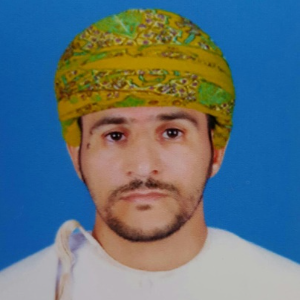Title : Magnetization thermal stability in magnetic nanowires for nanodevices memory
Abstract:
The domain wall (DW) random switching in planar magnetic nanowires is one of the crucial problems for storage data applications. Hence, a micromagnetic simulation was used to investigate the transverse domain wall (TDW) nucleation in the thinner and narrower nanomagnetic devices and the vortex domain wall (VDW) nucleation for the thicker and wider nanowires due to the device temperature. The TDW thermal creation was examined based on magnetic properties such as uniaxial magnetic anisotropy energy (Ku) and saturation magnetization (Ms). The thermal stability of TDW switching in nanowires is strongly dependent on the improvement of magnetic properties, whereas the TDW thermal nucleation decreases by increasing Ku or Ms. In addition, the TDW and VDW thermal creation in storage nanodevices such as nanowires could be controlled by nanowire geometry manipulation like width and thickness. Reducing the nanowire width or increasing its thickness helps both domain wall types (TDW and VDW) switching to be more stable against nanodevice temperature. TDW thermal switching was found to be stable under a device temperature of up to 500 K, which is higher than the room temperature. However, the VDW shows higher thermal stability switching reaches up to 900 k, which are good candidates for storage applications. Furthermore, the TDW dynamics in nanowires were affected by device temperature, whereas the TDW moves faster by increasing nanodevice temperature. All these findings will help to maintain the storage memory in nanodevices from failure due to device temperature.
What will audience learn from your presentation?
- Explain how the audience will be able to use what they learn?
- Use the simulation in their work based on the experimental work
- How will this help the audience in their job? Is this research that other faculty could use to expand their research or teaching? Does this provide a practical solution to a problem that could simplify or make a designer’s job more efficient? Will it improve the accuracy of a design, or provide new information to assist in a design problem?
- In the future, this work will help to develop storage memory with high storage density, low power consumption and non-volatility.


